B.W. Wells Stewardship Fund
The B.W. Wells Stewardship Fund provides funds to restore and maintain natural plant communities, install native plant gardens, and educate people about native plants and their habitats. Although communities and organizations benefit from the support of BW Wells grants, often the project beginnings are just one or two people who recognize they can do something to support our planet. We call these individuals Green Heroes for their dedication and commitment in the face of back-breaking work, hot humid summers, stubborn invasives, setbacks, while also motivating and inspiring others to join them.
Recipients of BW Wells grants share a deep appreciation of our native flora and fauna and the integral part they play in our world. Re-establishing or protecting native plants in the landscape has profound and lasting benefits to the natural world–other plants, animals and fungi, as well as to our own species. A small native garden can supply habitat for hundreds of creatures, most unseen and unnoticed, but their interactions as pollinators, predators, herbivores, or microbes weave together a complex web. Larger restoration efforts benefit an even greater array of wildlife and provide benefits that expand far beyond the more conspicuous ones, including the essential processes of carbon sequestration, nutrient recycling, and other biological phenomena.
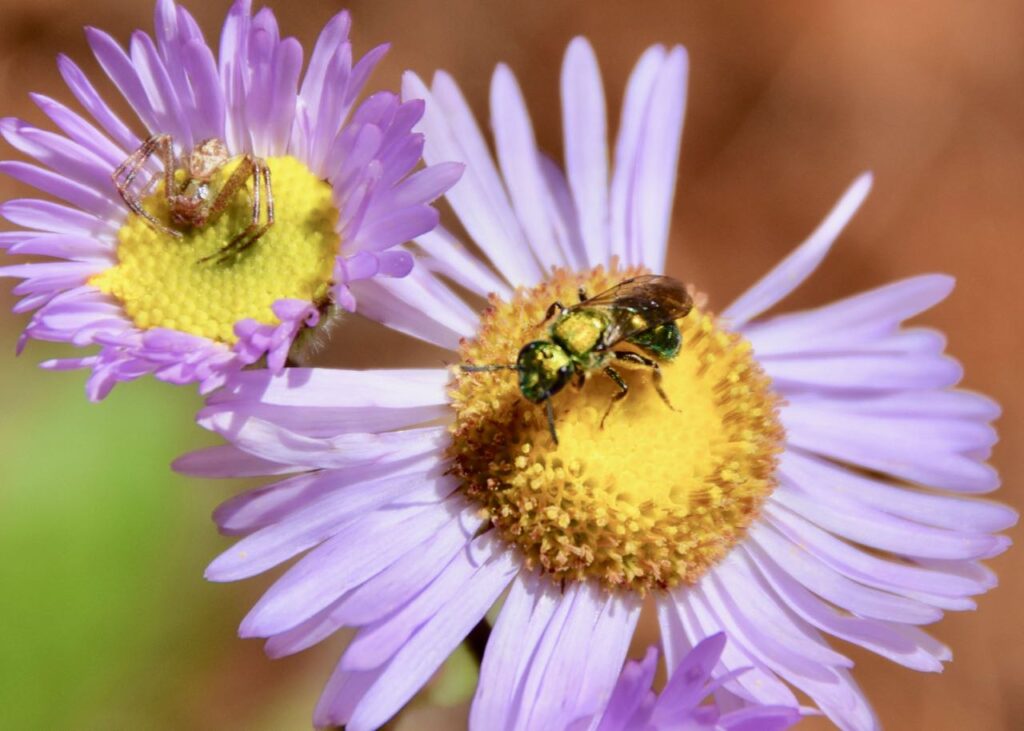
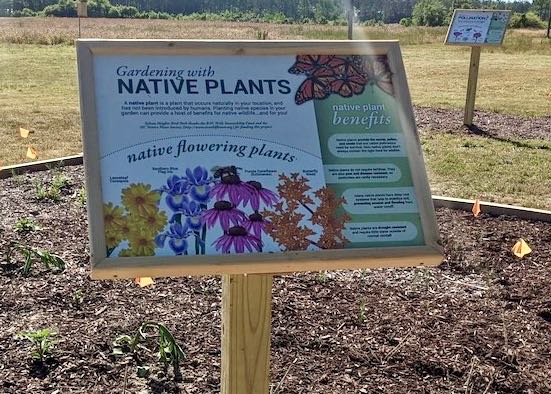
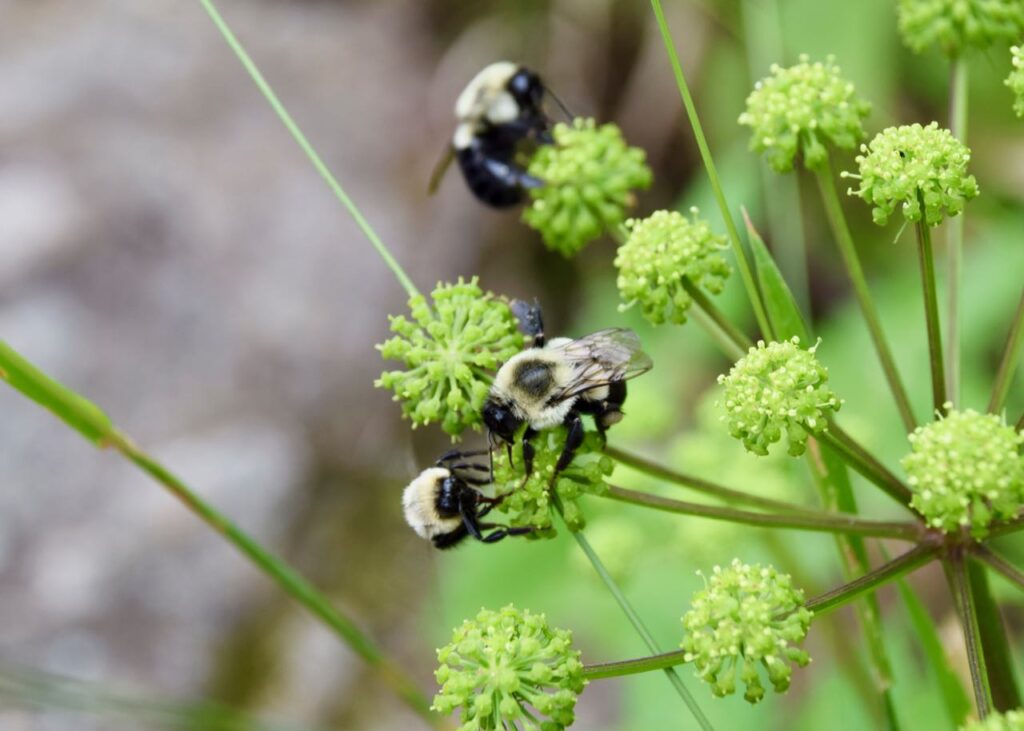
Since 2002 the NCNPS has awarded BW Wells grants to an array of diverse projects, from small bogs and pollinator patches to large native gardens and restorations, educational displays and even a seed library. Below we highlight some of the more recent projects and the Green Heroes who have propelled them along.
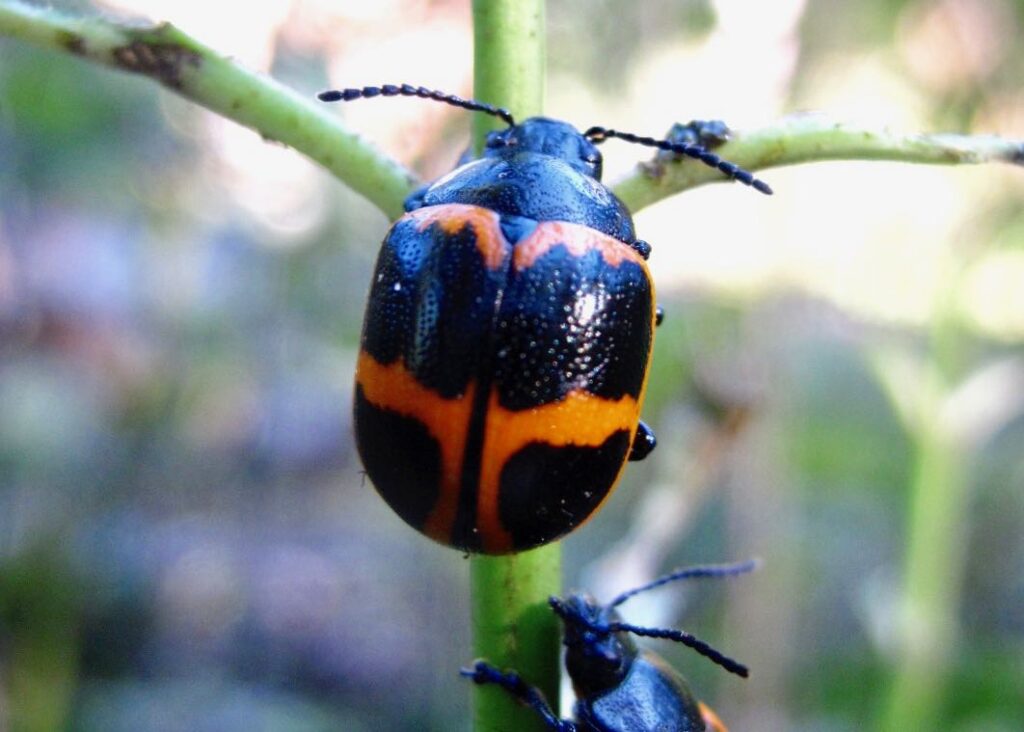
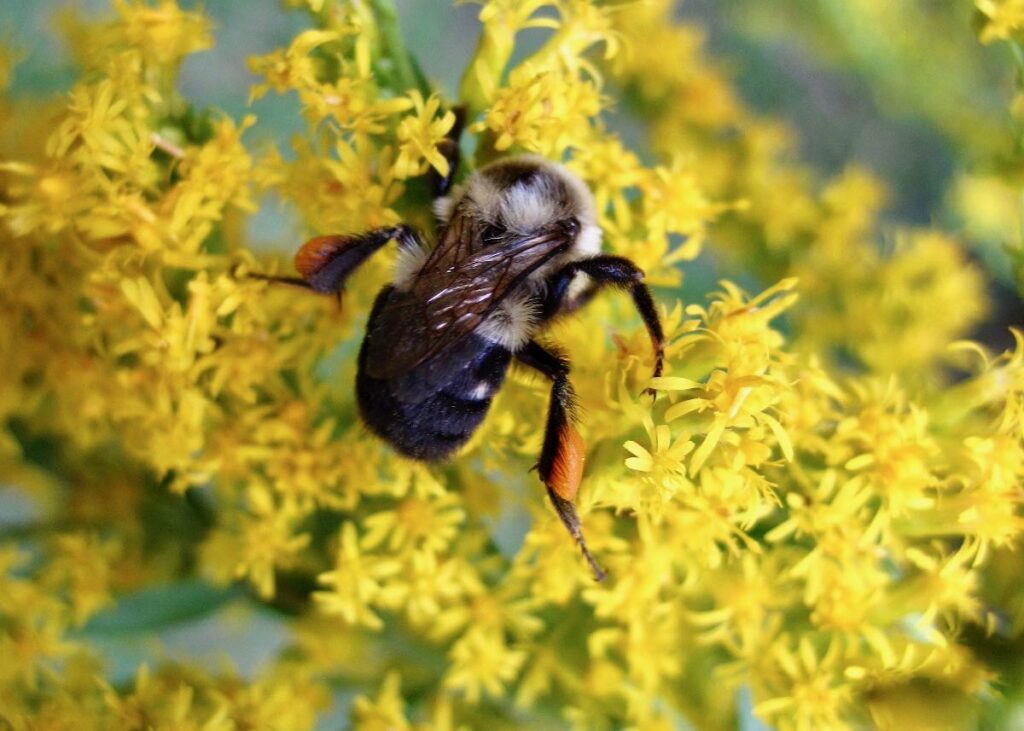
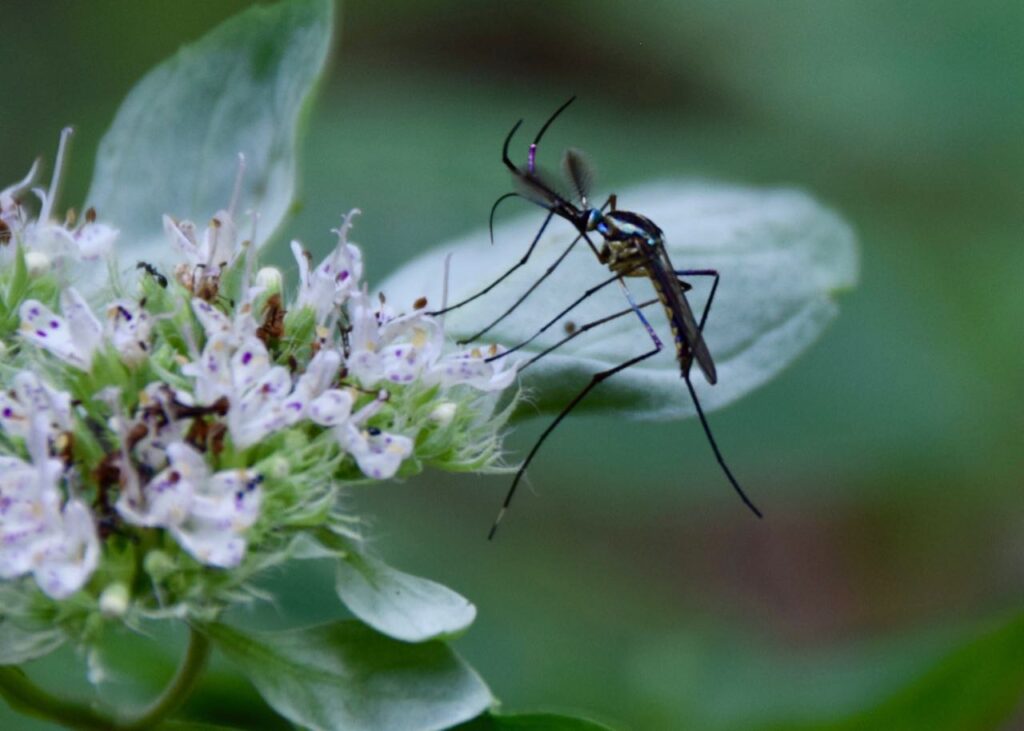
Preserving Urban Green Spaces
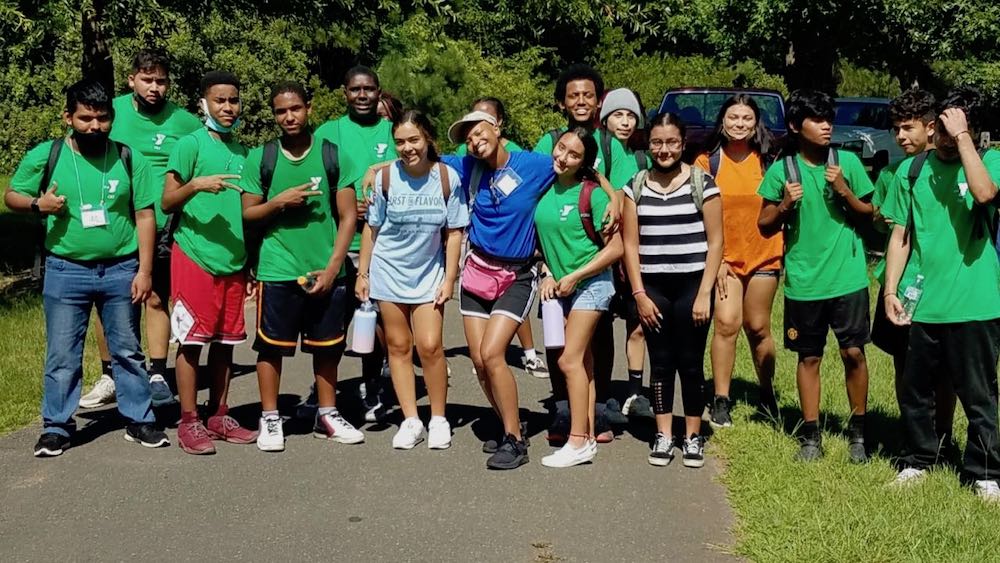
Photo credit: George McDowell
Lillian Mae Carroll Pollinator Garden in the Cary Tree Archive
The strength of the Cary Tree Archive project is their outstanding community engagement. Enthusiastic volunteers turned out for the installment of the Lillian Mae Carroll Pollinator Garden, planting hundreds of the perennials and shrubs purchased through a grant from the B.W. Wells Stewardship Fund. When fully established, the native garden will serve as an important habitat and nectar source for a multitude of insect species. This project materialized simply by a friend urging a local resident, George McDowell, to plant a few trees in a grassy space along the White Oak Creek Greenway, an area that had been mowed for almost two decades. Inspiration flourished quickly into the Cary Tree Archive, with interest in the project “spreading like wildfire.” This devotion highlights willingness of people to actively engage in protecting our native flora and fauna–they just needed an urban Green Hero to light the match and a grant from BW Wells to turn a desolate grassy area into a nectar paradise.
The strength of the Cary Tree Archive project is their outstanding community engagement. Enthusiastic volunteers turned out for the installment of the Lillian Mae Carroll Pollinator Garden, planting hundreds of the perennials and shrubs purchased through a grant from the B.W. Wells Stewardship Fund. When fully established, the native garden will serve as an important habitat and nectar source for a multitude of insect species. This project materialized simply by a friend urging a local resident, George McDowell, to plant a few trees in a grassy space along the White Oak Creek Greenway, an area that had been mowed for almost two decades. Inspiration flourished quickly into the Cary Tree Archive, with interest in the project “spreading like wildfire.” This devotion highlights willingness of people to actively engage in protecting our native flora and fauna–they just needed an urban Green Hero to light the match and a grant from BW Wells to turn a desolate grassy area into a nectar paradise.
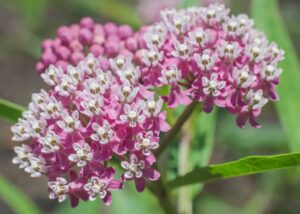
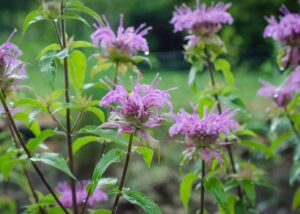
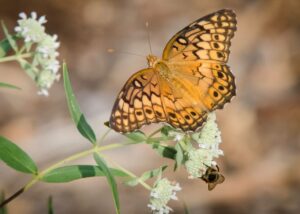
Photo credits: Paige Hornsby
Latta Park, Charlotte
Dismayed by witnessing the decline of the natural areas in Latta Park, a county park in Charlotte that had become choked with wisteria and other invasives, community organizers Ruth Ann Grissom and Nancy Nicholson decided to spring into action. These Green Heroes began organizing volunteers, reaching out to local organizations, ripping out wisteria, and looking for funds. A grant from the B.W. Wells Stewardship Fund in 2016 was instrumental in propelling the project forward, enabling the group to begin planting native trees and shrubs along the stream that runs the length of the park. With the help of a group of volunteers that has now grown to almost 200, they have planted hundreds of native species, creating a rich woodland, from the herbaceous understory to the woody shrubs and trees. The beneficial effects of this work extend not only to wildlife, but also to the community at large–through frequent interactions with the local government, Ruth Ann and Nancy have inspired the Board of County Commissioners to budget a yearly $200,000 towards invasive removal in county nature preserves.
Dismayed by witnessing the decline of the natural areas in Latta Park, a county park in Charlotte that had become choked with wisteria and other invasives, community organizers Ruth Ann Grissom and Nancy Nicholson decided to spring into action. These Green Heroes began organizing volunteers, reaching out to local organizations, ripping out wisteria, and looking for funds. A grant from the B.W. Wells Stewardship Fund in 2016 was instrumental in propelling the project forward, enabling the group to begin planting native trees and shrubs along the stream that runs the length of the park. With the help of a group of volunteers that has now grown to almost 200, they have planted hundreds of native species, creating a rich woodland, from the herbaceous understory to the woody shrubs and trees. The beneficial effects of this work extend not only to wildlife, but also to the community at large–through frequent interactions with the local government, Ruth Ann and Nancy have inspired the Board of County Commissioners to budget a yearly $200,000 towards invasive removal in county nature preserves.
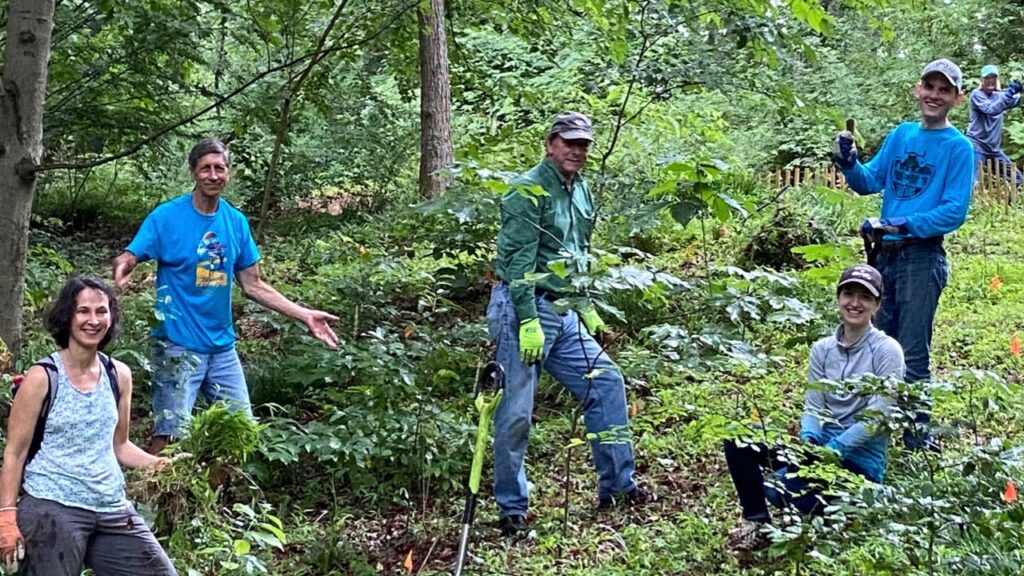
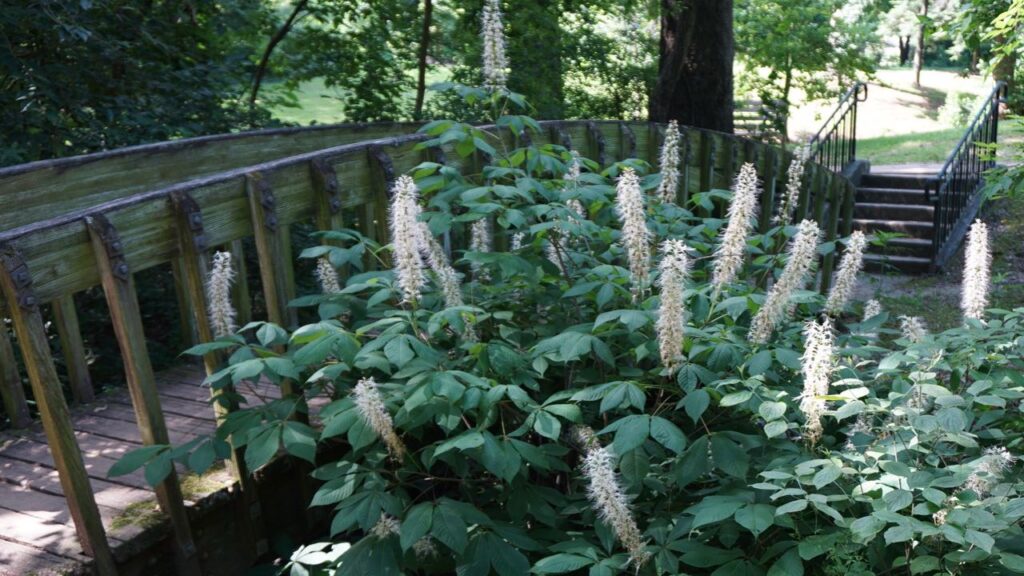
Photo credit for top photo: Ruth Ann Grissom
Small Spaces, Big Impacts
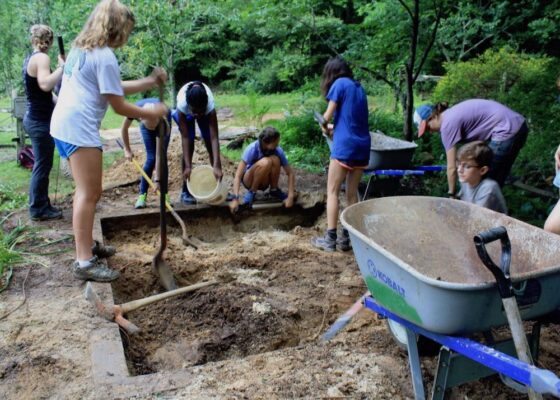

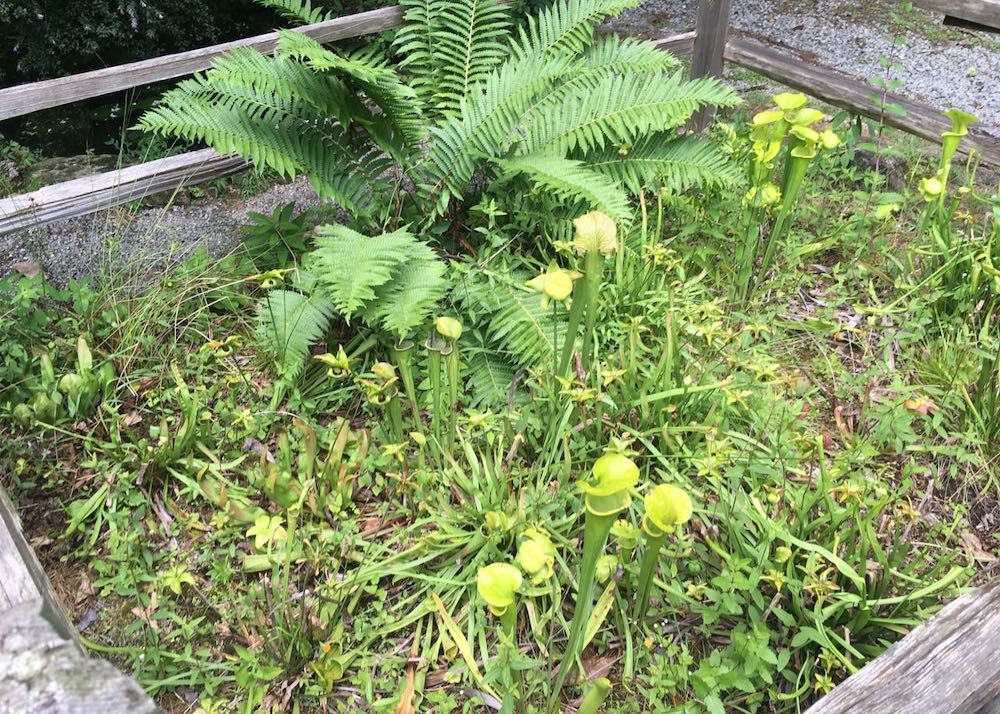
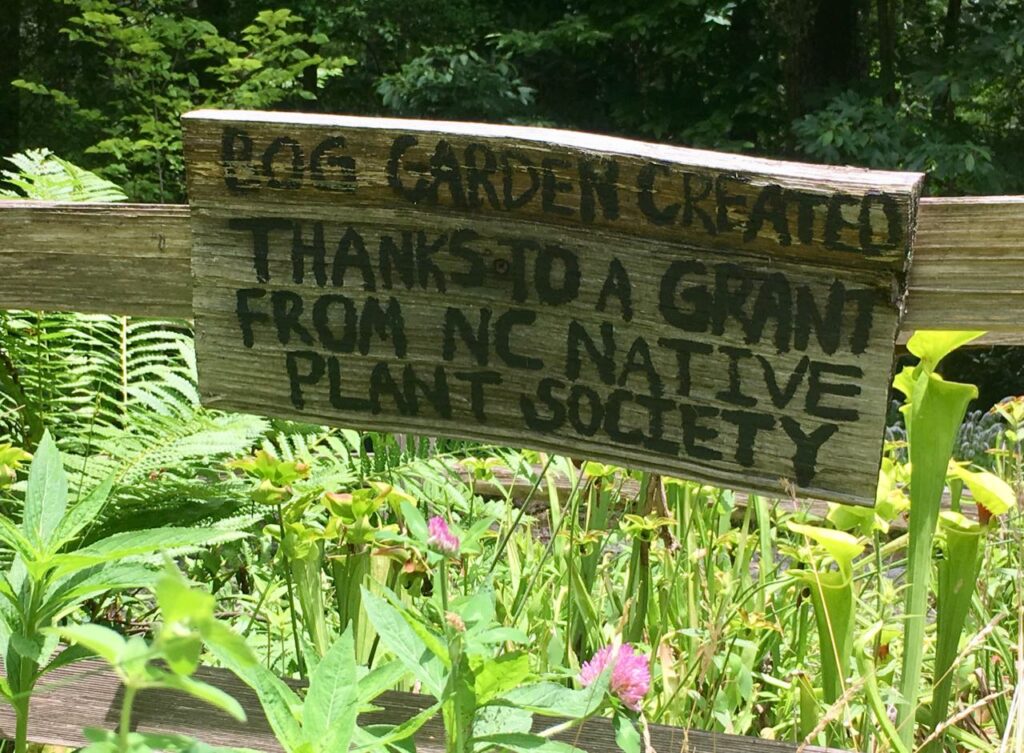
Photo credits: Rachel Meriwether
Green River Preserve
Green River Preserve, a summer camp in the Blue Ridge Mountains, integrates conservation principles into its education programs. To put these ideas into practice, Rachel Meriwether used a grant from the B.W. Wells Stewardship Fund to protect a natural seepage bog on the property from trampling feet. Rachel and her band of budding Green Heroes installed an artificial bog in the camp area. Instead of students learning about bog habitats while merely gazing at the plants from a distance, the artificial bog gives kids an opportunity to readily observe the plants and their unusual features up close. Because of its central location in the camp, numerous conversations spring up as kids and adults stop to observe how the bog is faring. This small plot will continue to have a large impact, as the fascinating plants of the bog spark discovery and wonder among the summer campers.
Green River Preserve, a summer camp in the Blue Ridge Mountains, integrates conservation principles into its education programs. To put these ideas into practice, Rachel Meriwether used a grant from the B.W. Wells Stewardship Fund to protect a natural seepage bog on the property from trampling feet. Rachel and her band of budding Green Heroes installed an artificial bog in the camp area. Instead of students learning about bog habitats while merely gazing at the plants from a distance, the artificial bog gives kids an opportunity to readily observe the plants and their unusual features up close. Because of its central location in the camp, numerous conversations spring up as kids and adults stop to observe how the bog is faring. This small plot will continue to have a large impact, as the fascinating plants of the bog spark discovery and wonder among the summer campers.
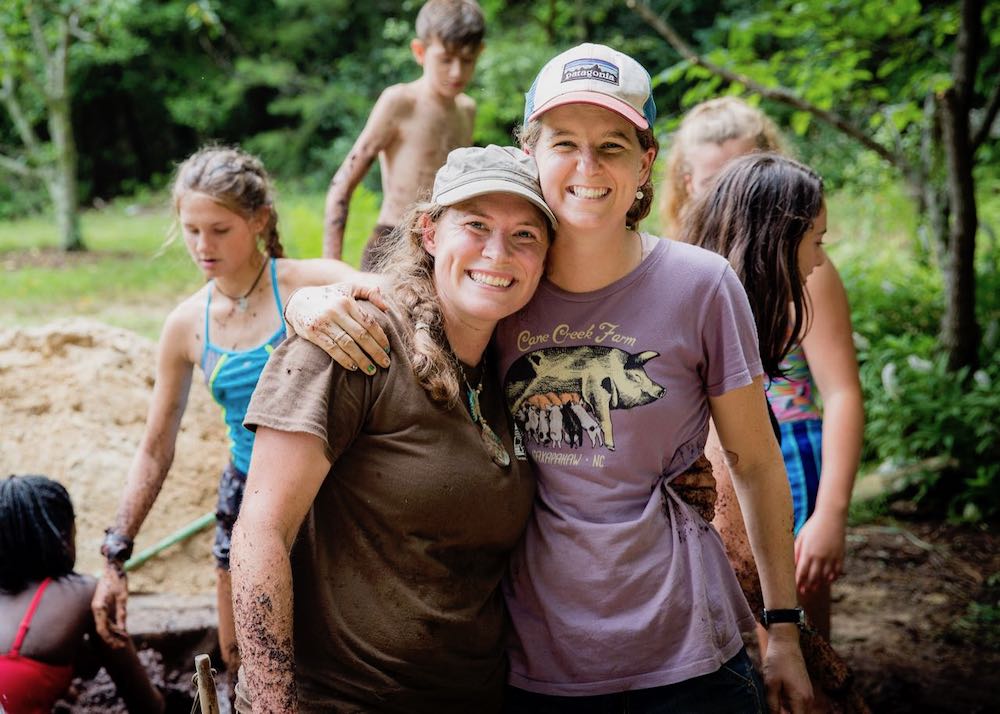
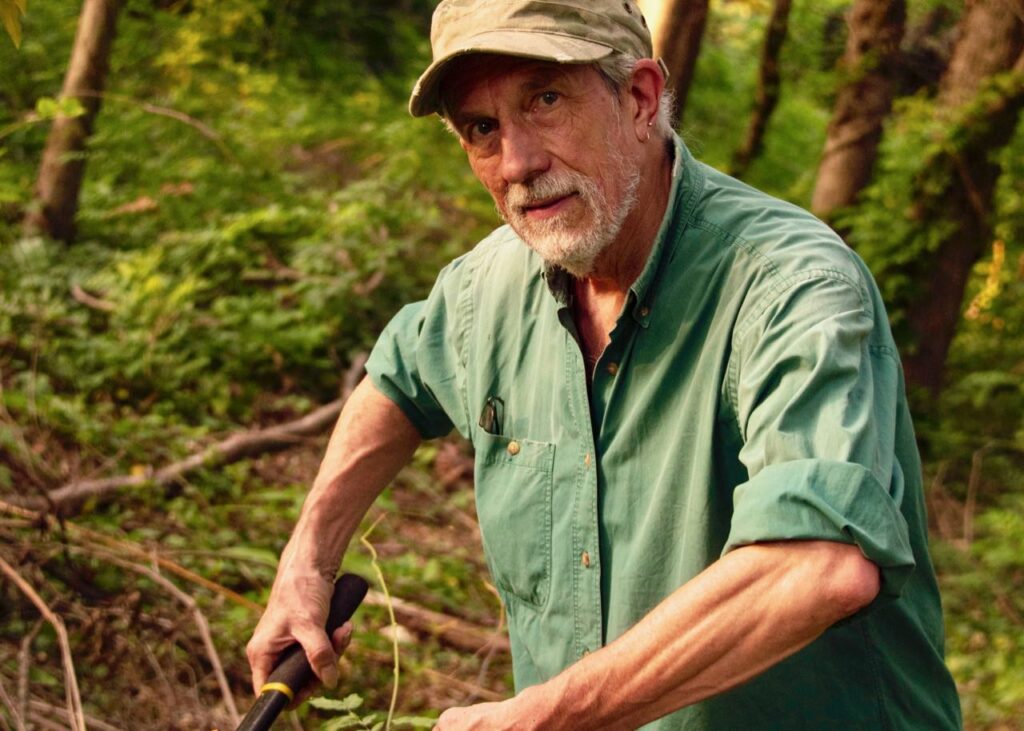

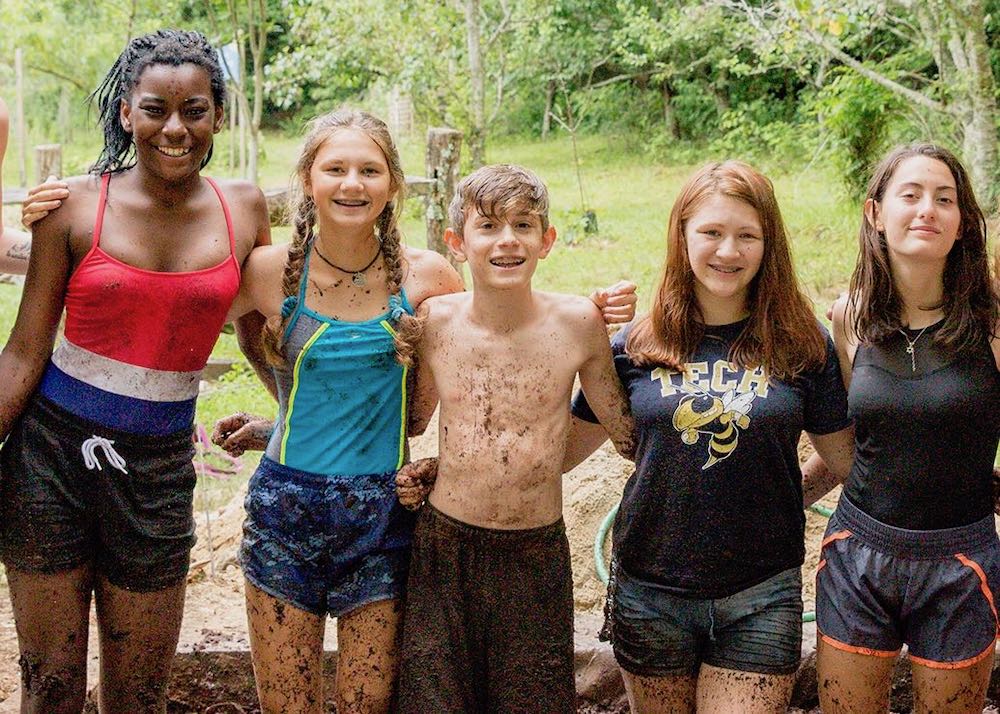
Support our Green Heroes